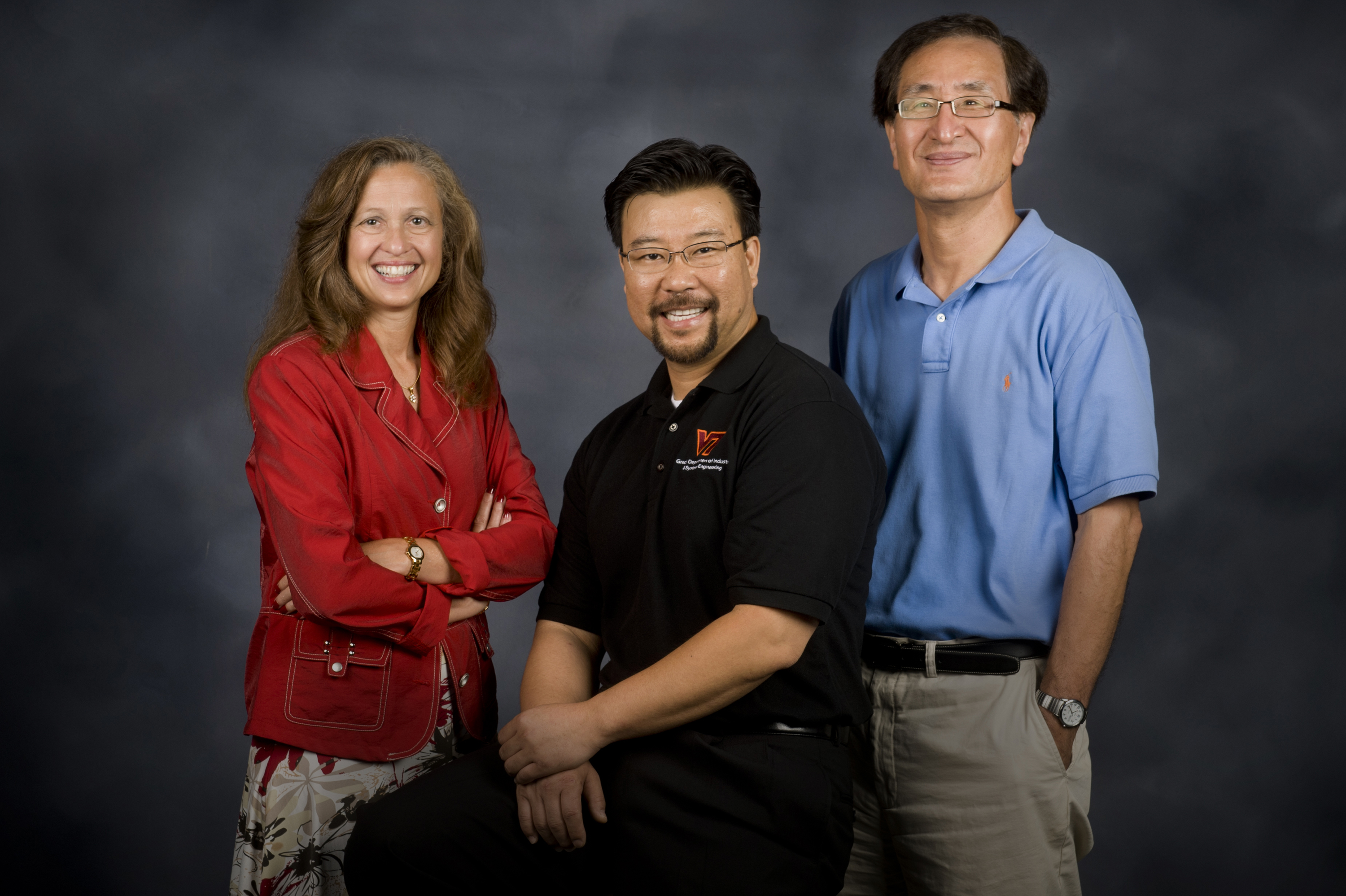Virginia Tech researchers build new sensor that could stop falls by elderly, before they happen

Statistics from the U.S. Center for Disease Control and Prevention on falls among older Americans are startling. Among those age 65 and older, falls are the leading cause of injury-related death. Falls also are the most common cause of nonfatal injuries and hospital admissions for trauma.
In 2007, more than 18,000 older adults died from unintentional fall injuries. In 2009, 2.2 million nonfatal fall injuries among elderly adults were treated in emergency rooms and more than 581,000 of these patients were hospitalized.
Researchers at Virginia Tech and the University of Virginia are hoping to stem this tide. With a $1.2 million grant from the National Science Foundation’s Smart Health and Wellbeing Program, they are creating a portable fall prediction monitoring system for early detection of fall risks that can provide early diagnosis and treatment before a fall occurs to reduce long-term health effects and injuries, and ultimately, help stave off death.
Users likely would wear the device as a faux piece of jewelry on a piece of clothing or around an ankle. It will measure potentially small declining increments in gait, posture, and mobility of a patient, major indictors that can help point to a future fall, said Thurmon Lockhart, an associate professor with the Virginia Tech Grado Department of Industrial and Systems Engineering, part of the College of Engineering.
“I believe we could really help some people, that is the reason for this program, helping save lives” said Lockhart, who also is director of the Virginia Tech Locomotion Research Lab, and has worked with dozens of U.S. companies – including delivery giant UPS – in training workers in fall training safety.
Joining Lockhart on the research project from Virginia Tech are Dong Ha, professor of electrical and computer engineering, and Karen Roberto, professor of human development and director of the Center for Gerontology and the Institute for Society Culture and Environment. Also joining the study is John Lach, a professor of electrical and computer engineering at the University of Virginia in Charlottesville. The two universities will share the grant, with $750,000 going to Virginia Tech, and $450,000 to University of Virginia.
“Our focus is on preventative measures,” Roberto said. “The idea is to identify with some confidence those older adults most at risk for falling before they actually fall. With this type of information, facilities could implement safety measures and work with those individuals to prevent and reduce fall accidents.”
The federal grant money is a pittance compared to the health care costs associated with falls among the elderly, said Lockhart. In 2005, the latest numbers available from the U.S. Center for Disease Control and Prevention, direct medical costs of falls totaled more than $19 billion and fatal fall costs $349 million. With inflation, skyrocketing health care costs and the aging of the baby-boomer generation, these numbers likely are to dramatically increase.
An early prototype of the sensor already has been built and tested under a previous National Science Foundation funded project by Lockhart and Lach. The newer project will develop a monitoring system called “ROOP-Alert” for Remote Observation Operating Platform. It will bridge gait and posture analysis, body sensor networks, low-power radio frequency wireless communication, and gerontology.
The sensor is about the size of an iPod Mini, and designed to be worn on minimally invasive locations. Data from the monitors would be continually sent wirelessly to the ROOP-Alert system in a monitoring station, such as a nurses’ office at a nursing home or retirement center to help recognize a resident’s mobility decrements and related falls risk, before they fall.
A group of residents at a Radford, Va., nursing home operated by Commonwealth Care of Roanoke Inc. will be the first to test the monitoring devices, said Roberto. Debbie Petrine, chief executive and chief operating officer at Commonwealth Care is a Virginia Tech alumna of the Pamplin College of Business, and is a member of the Center for Gerontology advisory board.
Lockhart and Ha will concentrate on algorithms and low-power radio development that will capture data for mobility analysis and fall risk assessment, as well as software for the device, while Lach will focus on the hardware aspects of the device, including its battery life and usage.
Roberto will focus on the user end, making the device user friendly as the prototype progresses during the four-year grant process. The monitor must be nonintrusive and easy to manage for its elderly users, including those with dementia who can become easily confused and distressed. Lockhart likens his hopeful end-model as being about the size of a dime, and just as light. As well, the device must have a durable battery life, Lockhart said.




